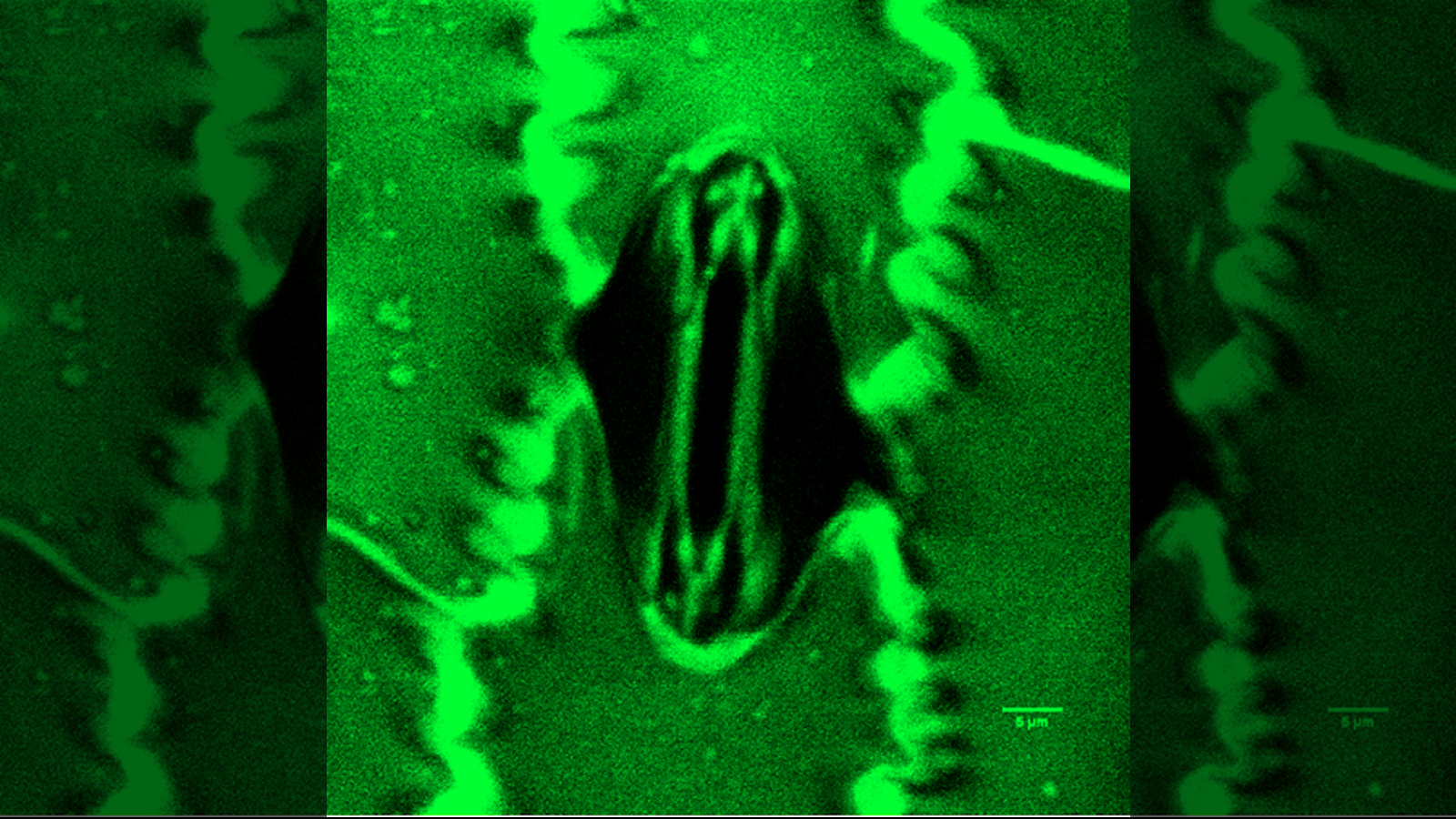
Spring's Greening Seen from Space

With the onset of spring comes first the buds on trees and then the riot of green leaves, which is so pervasive it can even be seen from space.
NASA's Aqua satellite took this image of the Piedmont, a forested plateau between the Appalachians and the lower elevation plains along the U.S. Atlantic coast, on April 7 with its Moderate Resolution Imaging Spectroradiometer (MODIS) instrument.
The Appalachian Mountains themselves are still colored brown because trees at higher, and thus cooler, altitudes were likely still in bloom and had not yet begun to produce leaves, according to a NASA statement.
The appearance of spring leaves has become an important tool for determining how the start of spring has changed over time. Blooming flowers and other signs of spring, such as bird migrations, have been edging ever earlier in recent decades as climate change brings warmer temperatures earlier.
Combined with observations on the ground, satellite measurements of spring greening can help scientists better study the effects of global warming. Research by Mark D. Schwartz, a geographer at the University of Wisconsin-Milwaukee, that marries these two types of observations has found that the onset of spring has moved up by 1.1 days per decade in North America since 1960, according to a NASA statement. Change has been particularly fast in the west, where it has advanced by 1.5 days per decade.
Schwartz said this year's spring greening was "exceptionally early," not surprising given the unusually warm weather experienced by much of the country this winter and the summer-like temperatures that have popped up early this spring.
Of course, not all plant species benefit from the warmer temperatures; some tree species need the cold of winter to grow properly come spring. A study of satellite observations from 1982 to 2005 found that about 30 percent of North America — particularly areas south of 35 degrees north latitude — have actually been greening later due to the lack of cool winters.
Get the world’s most fascinating discoveries delivered straight to your inbox.
 Live Science Plus
Live Science Plus





